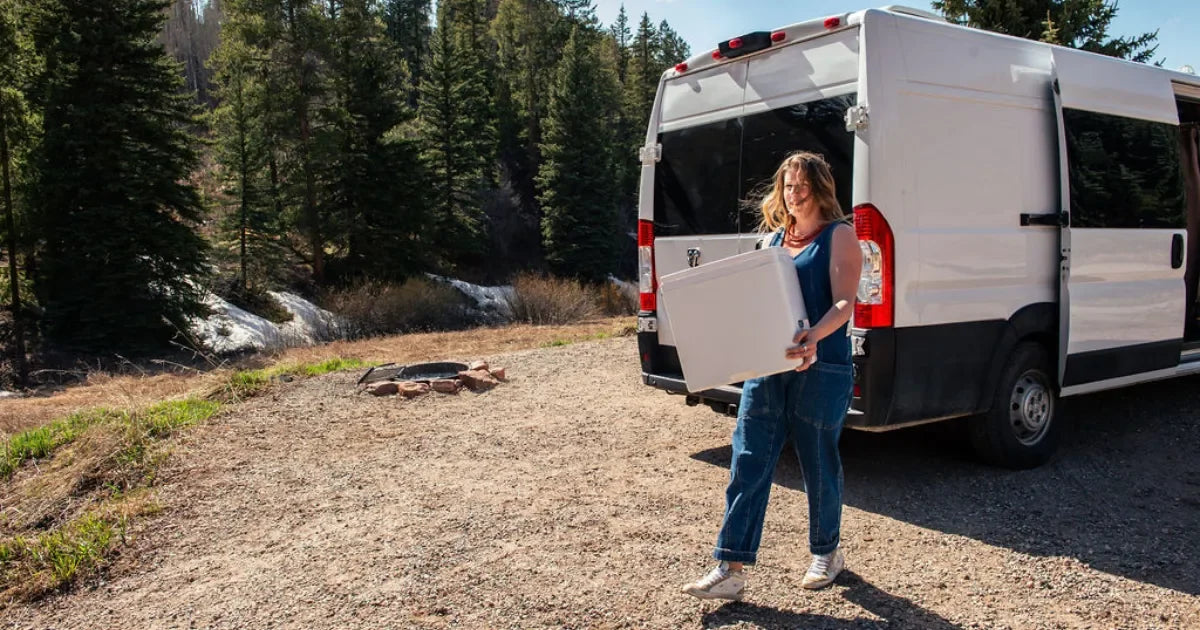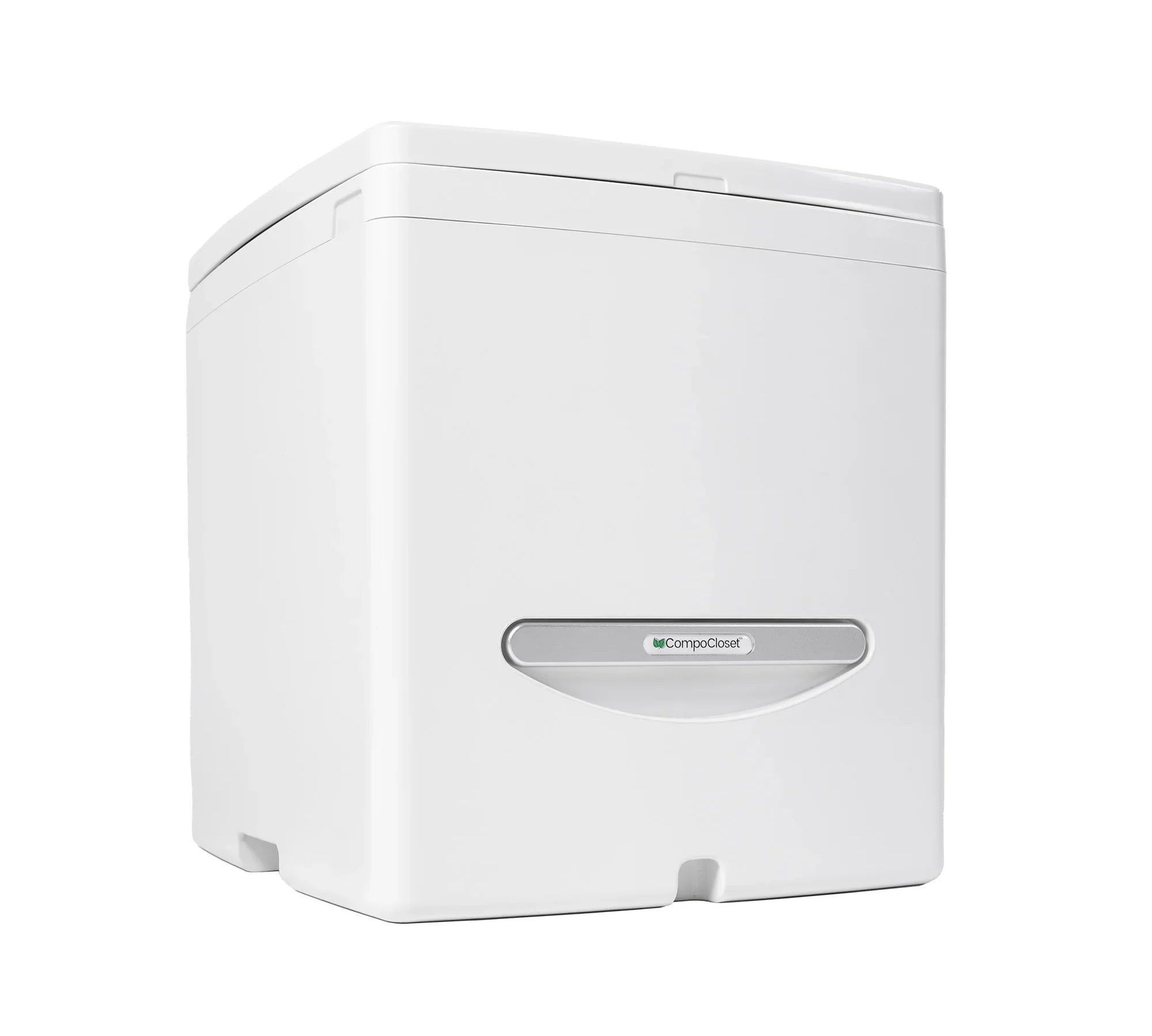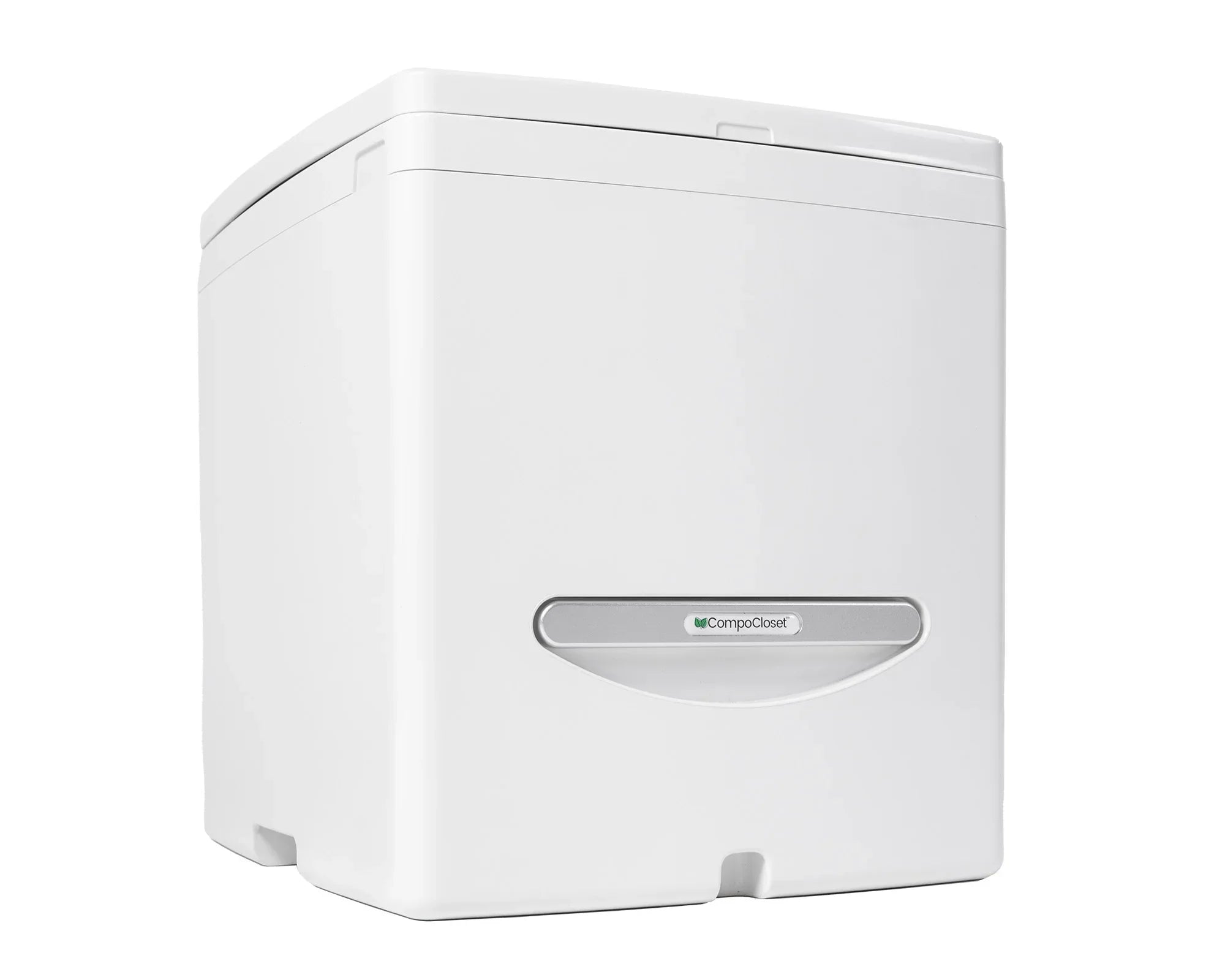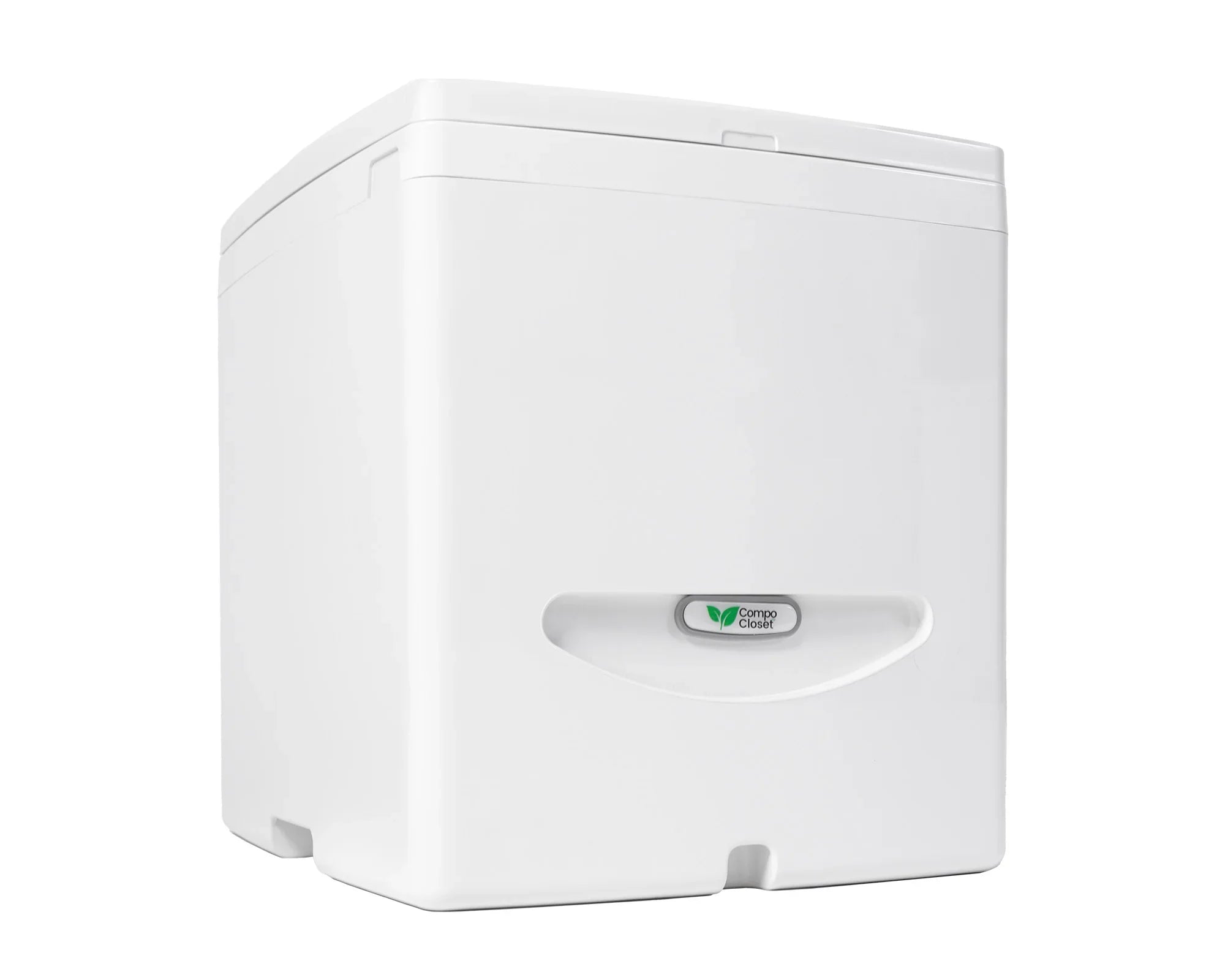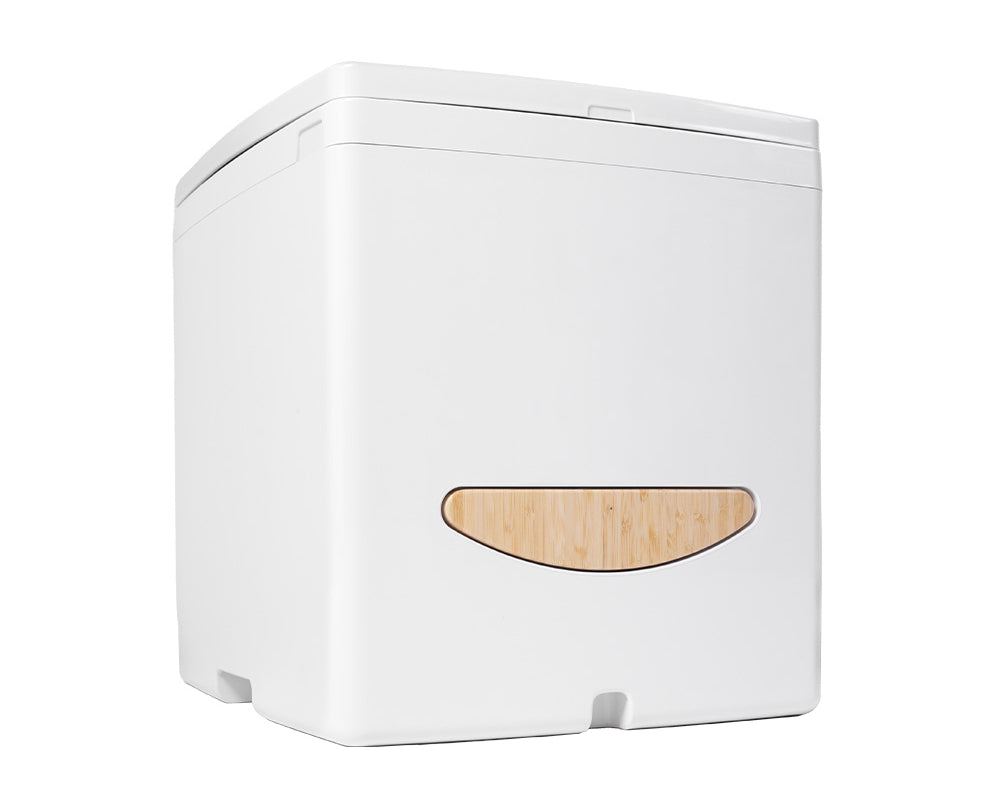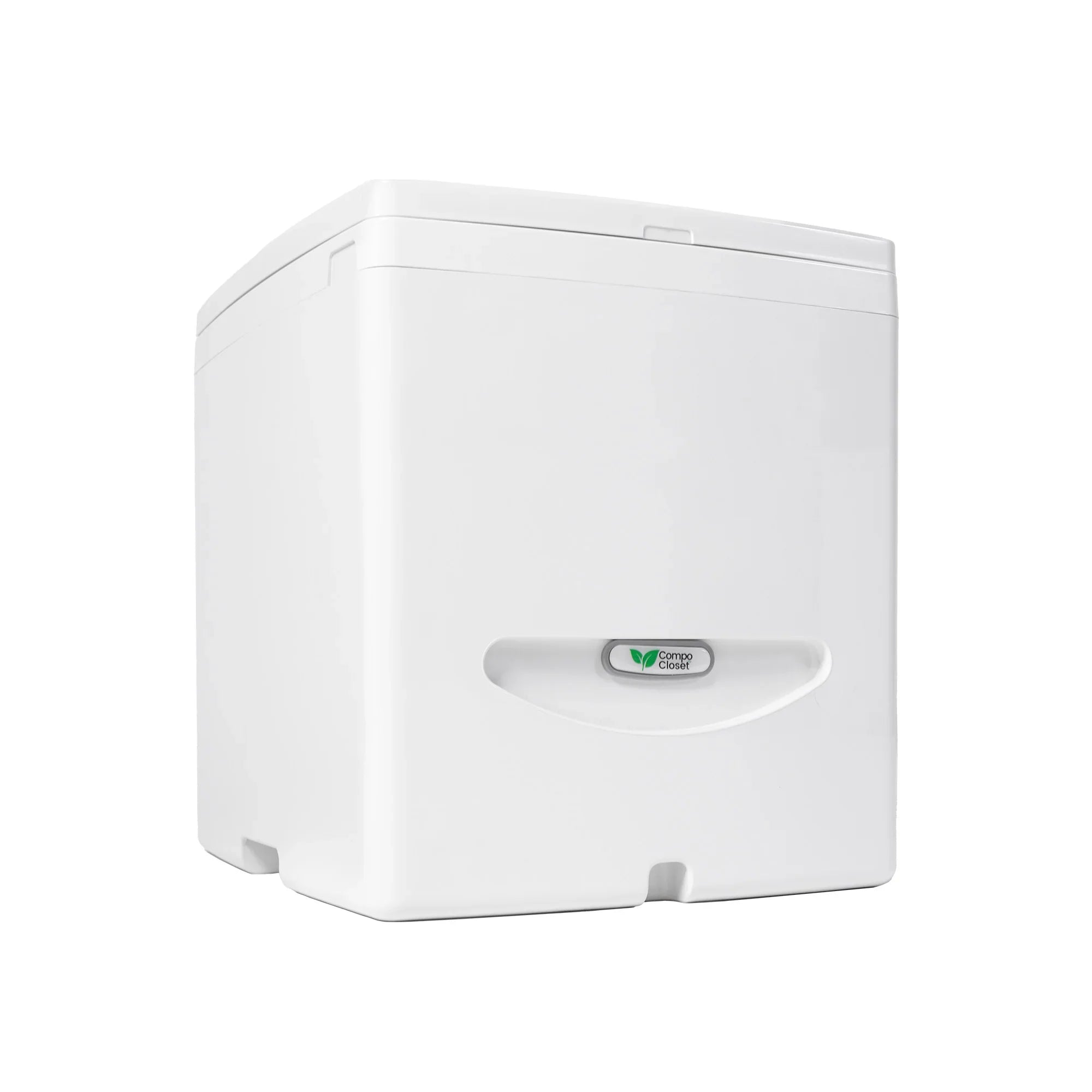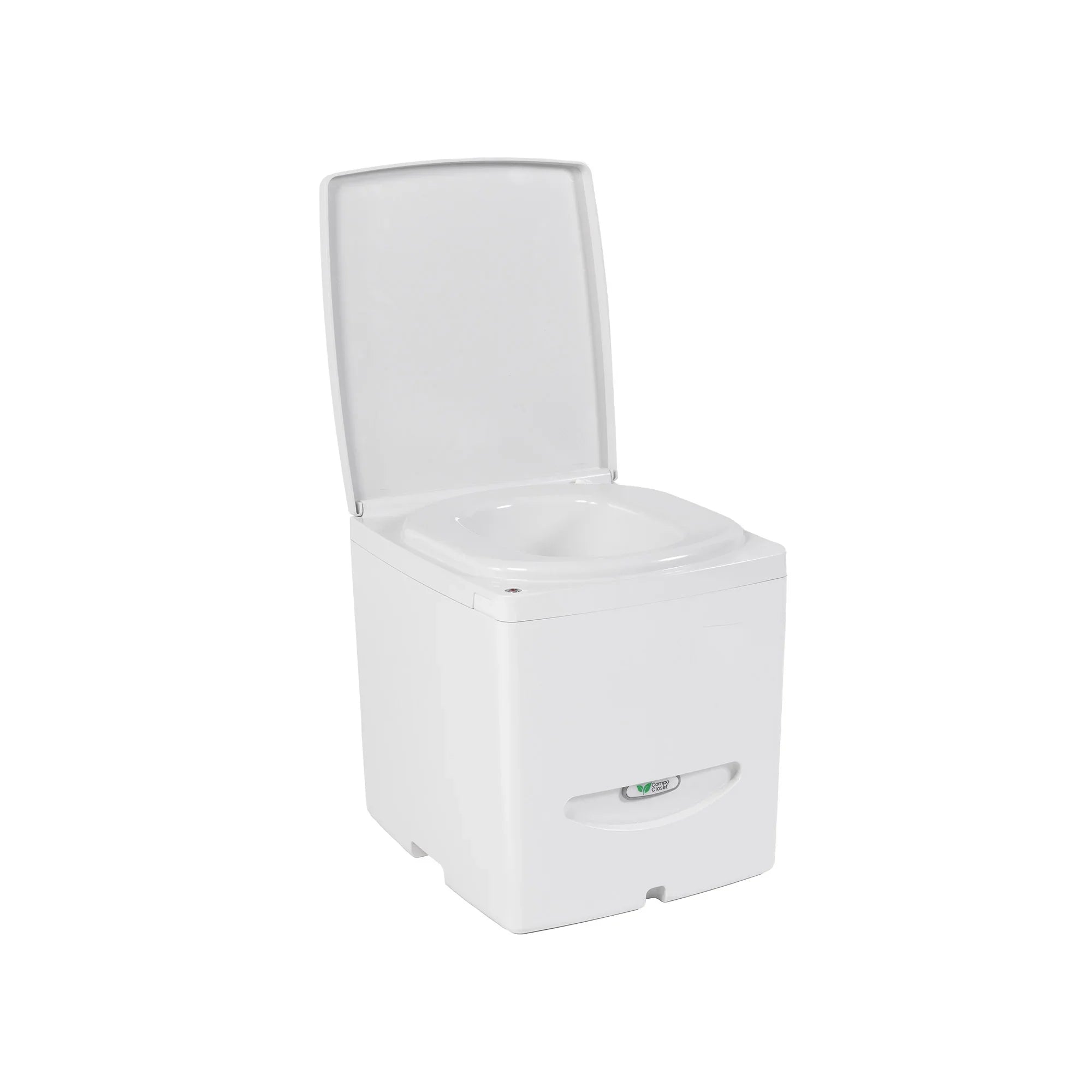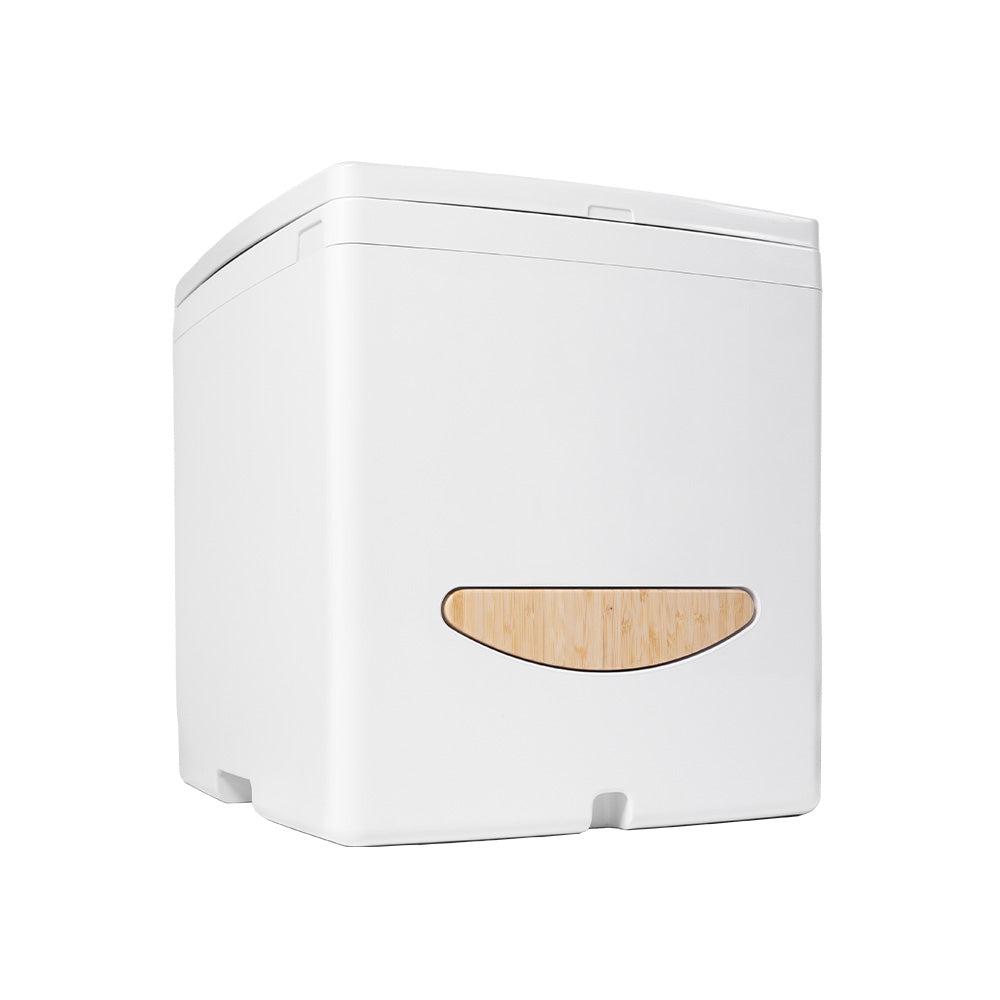Why Choose CompoCloset’s Off Grid Toilets?
Living off the grid doesn’t mean sacrificing hygiene or convenience. Our toilet options are built for self-reliance and sustainability.
- Waterless operation: No plumbing required.
- Odor-free experience: Urine diversion and solids separation.
- Eco-conscious: No chemicals, and solids can be composted safely.
- Low-maintenance: LED indicators, easy emptying, and simple cleaning.

